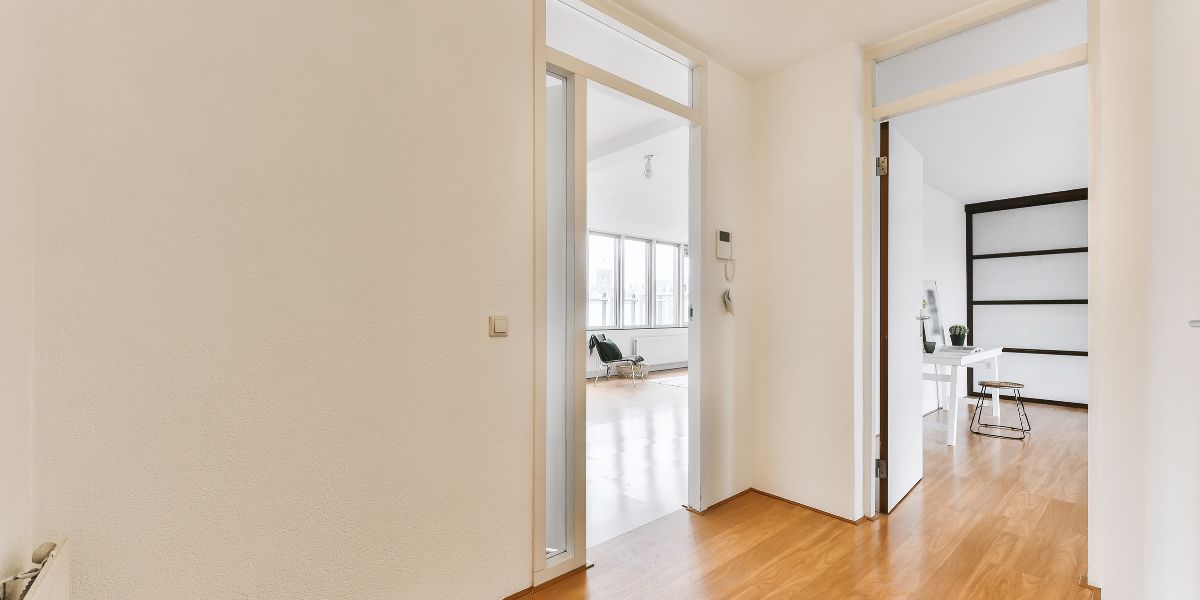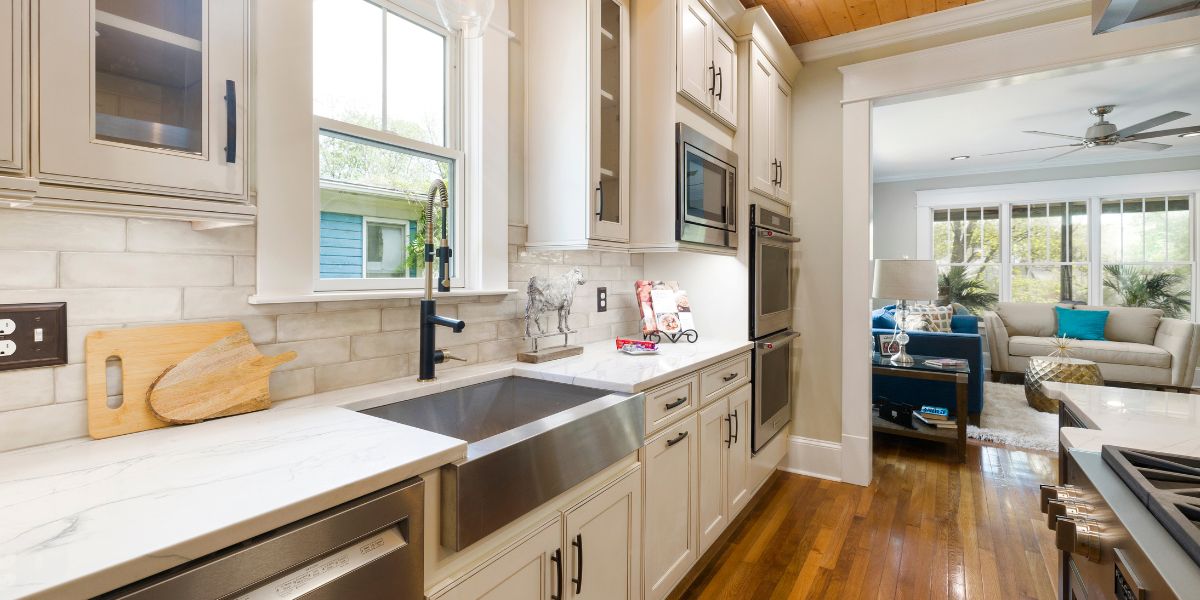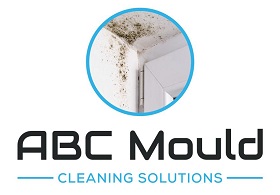If you find yourself asking, what are the main solutions to stop mould? Then you must be facing a mould problem. If you do have mould growth, hire a professional mould removal subfloor contractor to clean it up immediately!
Did you know that this problem is only going to worsen over time and spread if not treated promptly?
If you can identify a small spot of mould in your home or office premises, then there is a high possibility that there are hidden places producing mould right under your nose! You should contact ABC Mould Cleaning Solutions because we can help you effectively prevent mould and its adverse effects.

Does mould grow everywhere in the house?
Mould spores are everywhere, but not all places are the same. Mould can grow in damp areas, such as bathrooms and kitchens, but it also grows on surfaces that have been contaminated by water. Here are the other places where moulds can grow:
The basement
Basements are warm, dark, and often humid. As a result, they’re the perfect breeding ground for mould. If you have an unfinished basement, it’s best to leave the door closed because keeping it open will increase the amount of humidity in the air. You may want to look into installing an exhaust fan to help keep the humidity level down.
Behind the refrigerator
Most people keep their refrigerators in a kitchen, which is also one of the most common places for mould to grow in a home. A refrigerator will draw in warm, humid air from outside and then release it inside the house. To prevent excess humidity from building up in your kitchen, try to keep the fridge closed as much as possible. If you have your fridge in a room with lots of moisture, you may want to consider moving it to a less humid area of the house.
In the bathroom – especially the shower and holes in the wall behind it
Bathrooms are one of the most likely places for mould to appear in your home, especially around the shower or any areas with water leaks. Bathrooms often have high humidity levels because people shower and run the faucet for long periods of time.
If a pipe leaks behind a wall, the water could easily go unnoticed for a long period of time. If you notice a musty smell in your bathroom or see signs of mould growing behind a wall, call a professional to make sure there isn’t a more serious water leak problem behind the wall.
Moreover, ABC Mould Cleaning Solutions can help you with your mould odour problem. Our professionals are well-trained to handle all types of mould removal.
In ceilings and walls
Another common place for mould to grow in homes is in ceilings and walls. This is especially true if you have a dropped ceiling or have cracks or holes in the walls.
If you have a dropped ceiling, it’s best to leave it closed. If you have a crack or hole in the wall, it’s best to seal it up or cover it with plastic.
Behind dropped ceilings or in ceiling tiles
Dropped ceilings are often used in older houses. They are made of tiles that are attached to the walls with screws.
When a dropped ceiling is installed, there are often gaps between the tiles and the walls. If a home has high humidity, mould can grow in these gaps and be very difficult to get rid of since it’s in a very difficult place to reach.
Subfloor
If you have a basement or other area of your house with a subfloor, you’re more likely to see mould there. A subfloor is a layer of boards between the dirt or concrete below and the actual flooring above it.
The subfloor is usually warm, humid, and dark, which are all ideal conditions for mould growth. If you have a subfloor, it’s best to keep the area above it as dry as possible. Mould can be a serious problem in some houses and can lead to health issues.
By keeping these areas clean and dry, you can reduce the risk of mould growth. If you have any concerns, it’s best to have a professional come out to take a look at your home and help identify any problem areas.
But, does the subfloor need ventilation to prevent mould? Yes, the subfloor needs ventilation to prevent mould from growing. If you live in a humid region or are building a house on a floodplain in an area prone to flooding, you should consider hiring someone to install a ventilation system on your subfloor. This will prevent moisture from building up and create a breeding ground for mould.
At ABC Mould Cleaning Solutions, we offer subfloor ventilation, mould removal, and cleaning services to homeowners throughout Sydney’ Our experienced team can clean and dehumidify your subfloors so you can enjoy your home again!

What causes mould to grow inside the house?
Moisture
Moisture is the major cause of mould in your house. It is any liquid that is present in the air, and such moisture can be caused by a leaky roof and leaks from the plumbing.
Other sources of moisture include condensation, humidity and high temperatures. Moisture can cause fungal growth on various surfaces, including wood, carpet, drywall, plaster and concrete.
When there is too much moisture in a room or building, it can lead to mould growth. This is especially true if you have a damp basement that’s poorly ventilated or if you have leaky pipes or windows in your home.
Air conditioning units can also cause problems because they produce condensation on their internal components that may drip into your home through holes or gaps in their exterior walls or be released through the air vents. If these areas aren’t maintained properly, they can lead to mould growth inside your home.
That is why we at ABC Mould Cleaning Solutions are here to help. Just give us a call and we will be on our way. We will do a mould inspection of the property, complete a thorough report and provide a fair quote on the cost of cleaning it up.
We have the experience and expertise needed to get the job done right. All you need to do is relax and let us work our magic.
Poor ventilation
One of the major causes of mould is poor ventilation. If you do not have enough windows and doors, or if they are not open, then it is likely that the moisture inside your house will not be able to escape properly. This will cause moulds to grow on the walls, ceilings and floors.
Ventilation is the process of moving air throughout your home. It can be either natural or mechanical. Natural ventilation occurs when warm, humid air flows into a cooler space and is replaced by cooler outside air. Mechanical ventilation occurs when energy-efficient fans move air through ducts and vents in the structure.
If you are using a central heating system, you need to ensure enough ventilation so that the air can circulate freely. The most common problem with ventilation is that people tend to forget to open the windows and doorways when leaving their homes for extended periods.
That’s where a professional ABC Mould Cleaning Solutions comes in. We offer a wide range of services that can help you with all kinds of house ventilation issues. So call us today for more information about how we can help you with your house ventilation and mould removal needs.
Humidity
Humidity is basically the amount of water in the air. Humidity levels stay relatively constant unless there is a change due to different factors such as rain, wind, temperature and other factors.
In a humid environment, more water vapour is in the air than in a dry environment. Water vapour is one of the byproducts of humidity and is what contributes to the growth of mould. The higher the humidity levels, the more likely that mould will grow inside your home.
You’ll often notice condensation on windows or walls if your house has high humidity levels. This is due to the fact that, when warm air comes into contact with a cool surface, condensation occurs. If the humidity levels are high enough, the condensation will sit on your windows or any other cool surface in your home and start to grow.
Leaks
As you can see, mould and mildew are growing in your home because there is water damage. The water has to come from somewhere, usually, from a leak, you can’t see or hear.
Leaks in plumbing are the cause of mould growing inside the house. It could be a leaky toilet or sink, but it could also be a leaky roof. This can happen when there are too many holes or cracks in the roofing material. Moisture gets into your attic through those holes and then makes its way down to your living space via air ducts or other vents.
Another common source of leaks is in your walls and ceilings. If you have wallpaper on your walls, you need to make sure that it’s not peeling off because this will allow moisture, which will cause mould growth on your walls and other issues such as peeling paint and rotting wood.
Spills that aren’t cleaned up quickly
Spills that aren’t cleaned up quickly are the cause of mould growing inside the house. When food, water, or other materials from spills are left to sit, bacteria can breed and start a process that leads to mould growth.
Mould can be found in a range of places inside your home, but it is most commonly found in the kitchen and bathroom. If you have any suspicions that mould is growing in your home, contact a professional immediately to take care of the problem.
To ensure that your property has a clean and healthy environment, we offer subfloor ventilation services. Our experts will inspect your property thoroughly and identify any problem areas where air circulation is poor or non-existent.
They will then install a system of vents throughout your property so that air flows freely through all parts of the building without any obstruction or accumulation of pollutants or moisture.
What are the main solutions to stop mould?
There are a lot of reasons why there are moulds in your house. But the two major causes are moisture and poor ventilation. The moisture often comes from the air outside, but if your house is not properly ventilated, then the moisture can also come from inside.
Poor ventilation can happen because of the type of windows you have in your house and if you have a lot of plants in your house, which are known to give off a lot of moisture.
Call ABC Mould Cleaning Solutions to help you with your mould problem. Our team provide mould removal and subfloor ventilation services to the residents of Sydney. We are one of the most established companies in their industry and have been in business for almost years. We have the necessary experience and expertise to deal with any mould problem that you may have in your house.
What ABC Mould Cleaning Solutions Can Offer?
ABC Mould Cleaning Solutions offers excellent mould removal services and we use different methods of mould removal. We offer subfloor ventilation services, mould removal, mould Inspection, subfloor cleaning, odour removal and many more.
We are experts in the mould removal industry and we have been in the business for years. You can rely on us to take care of your mould problems. We offer free estimates and there is no obligation, so you have nothing to lose by contacting us. Give us a call today at 0488 866 853!
